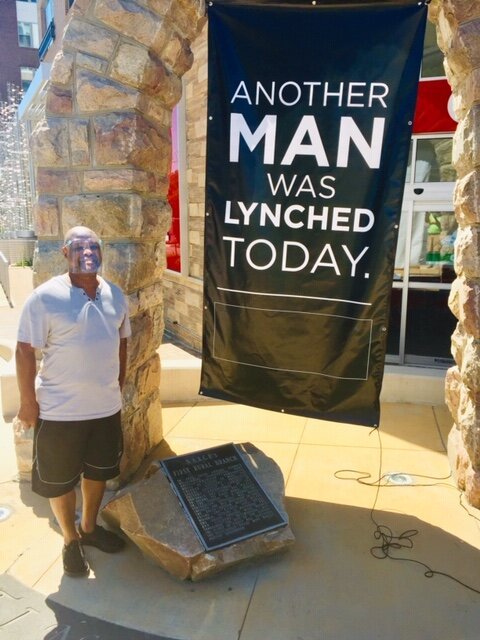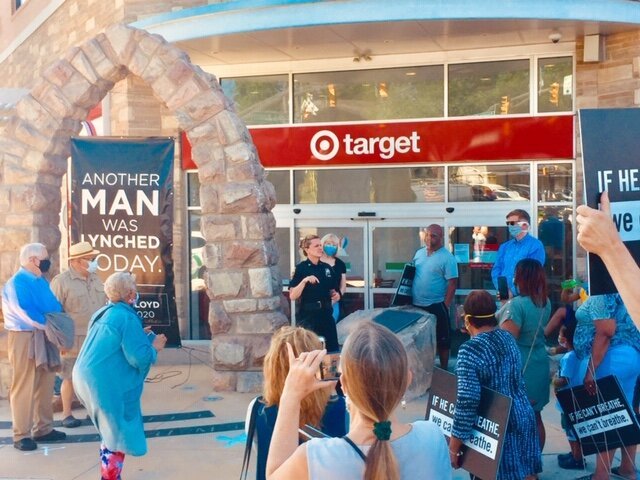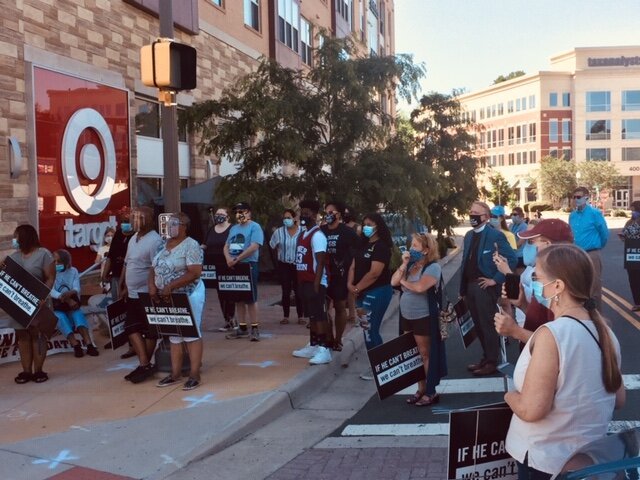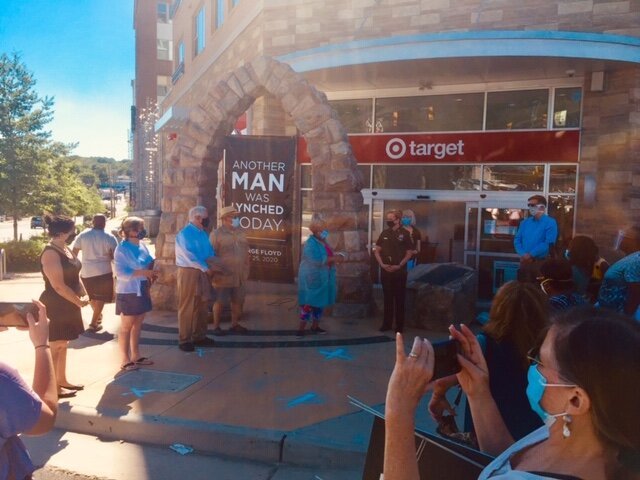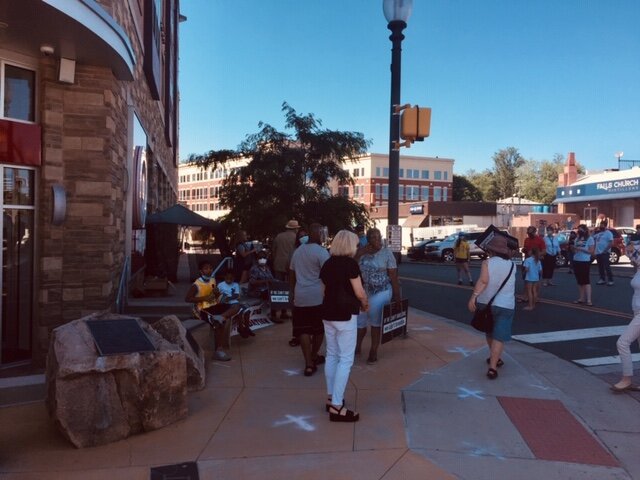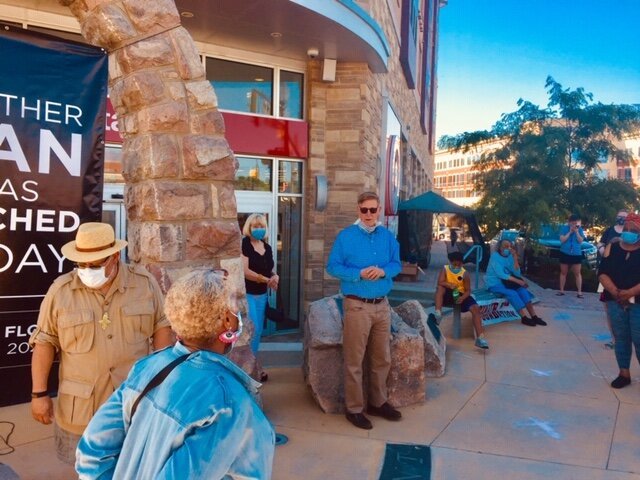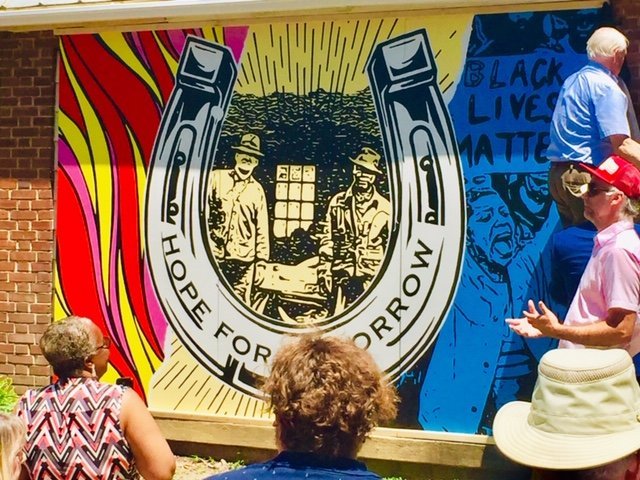
Preserving our African American Legacy
The Tinner Hill Heritage Foundation (THHF) preserves and celebrates early African American and civil rights history through a variety of programs and activities incorporating art, literature, music, and history. By celebrating the African American legacy, we build relationships, promote respect, and work toward understanding and goodwill for all.
MLK March for Unity and Freedom
Every year, the Tinner Hill Heritage Foundation holds a march and workshops celebrating the birthday of Martin Luther King Jr., the chief spokesperson for nonviolent activism in the Civil Rights Movement, which protested racial discrimination in federal and state law.
“It’s important to remember this today more than ever. It is our collective action that will create the change we need.”
-
Gathering at the Tinner Hill Civil Rights Monument to come together to celebrate the legacy of Dr. Martin Luther King Jr. This event featured a march for unity and freedom, followed by a program honoring Dr. King's contributions to the civil rights movement and support for equality and justice for all.
-
The legacy of Rev. Dr. Martin Luther King, Jr. is one of a struggle unfinished—a struggle that thousands of everyday people put their lives on the line for. Just like Dr. King didn’t do his work alone, it’s going to take all of us to make a more inclusive democracy a reality.
-
Dr. King said, “So long as I do not firmly and irrevocably possess the right to vote, I do not possess myself. I cannot make up my mind—it is made up for me. I cannot live as a democratic citizen, observing the laws I have helped to enact—I can only submit to the edict of others.”
-
“The greatest witness that you can give is to remember who you are, and by remembering who you are, you will awaken a challenge within others to remember who [they] are,” Dr. King concluded his sermon. “And this old world will be transformed into a new world.”
His words ring as true today as they did nearly 68 years ago.
Make Health Happen Workshop

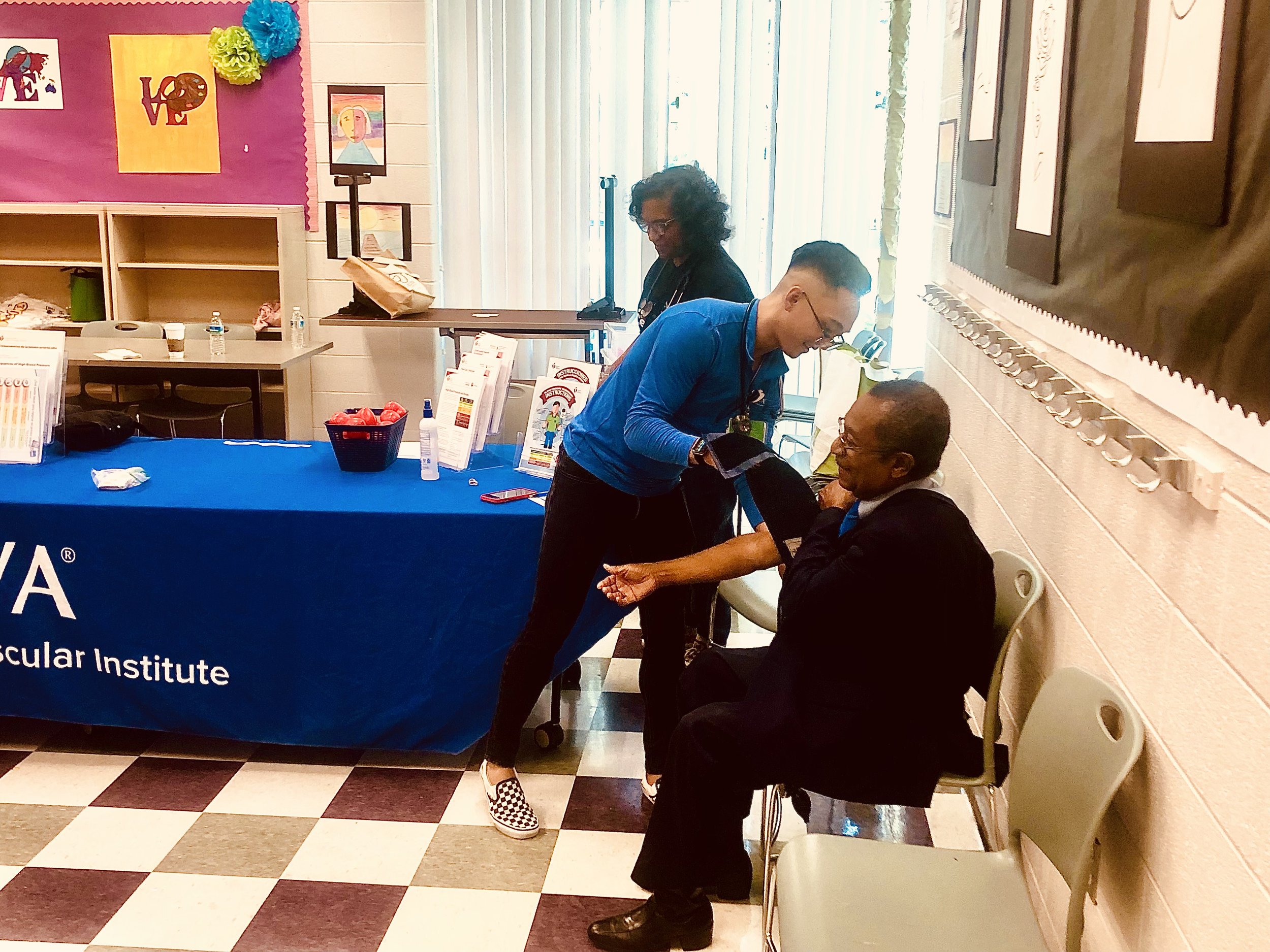
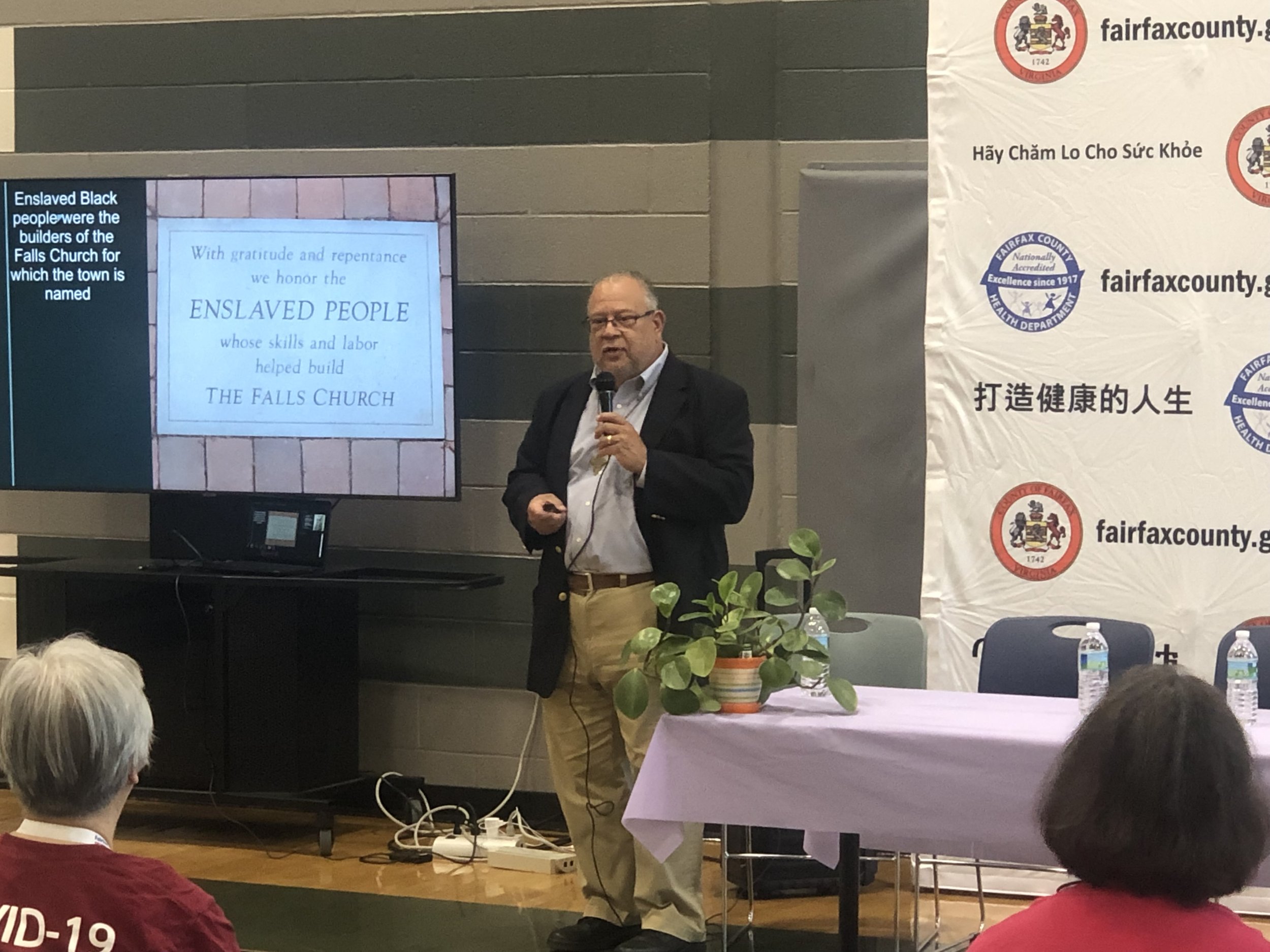

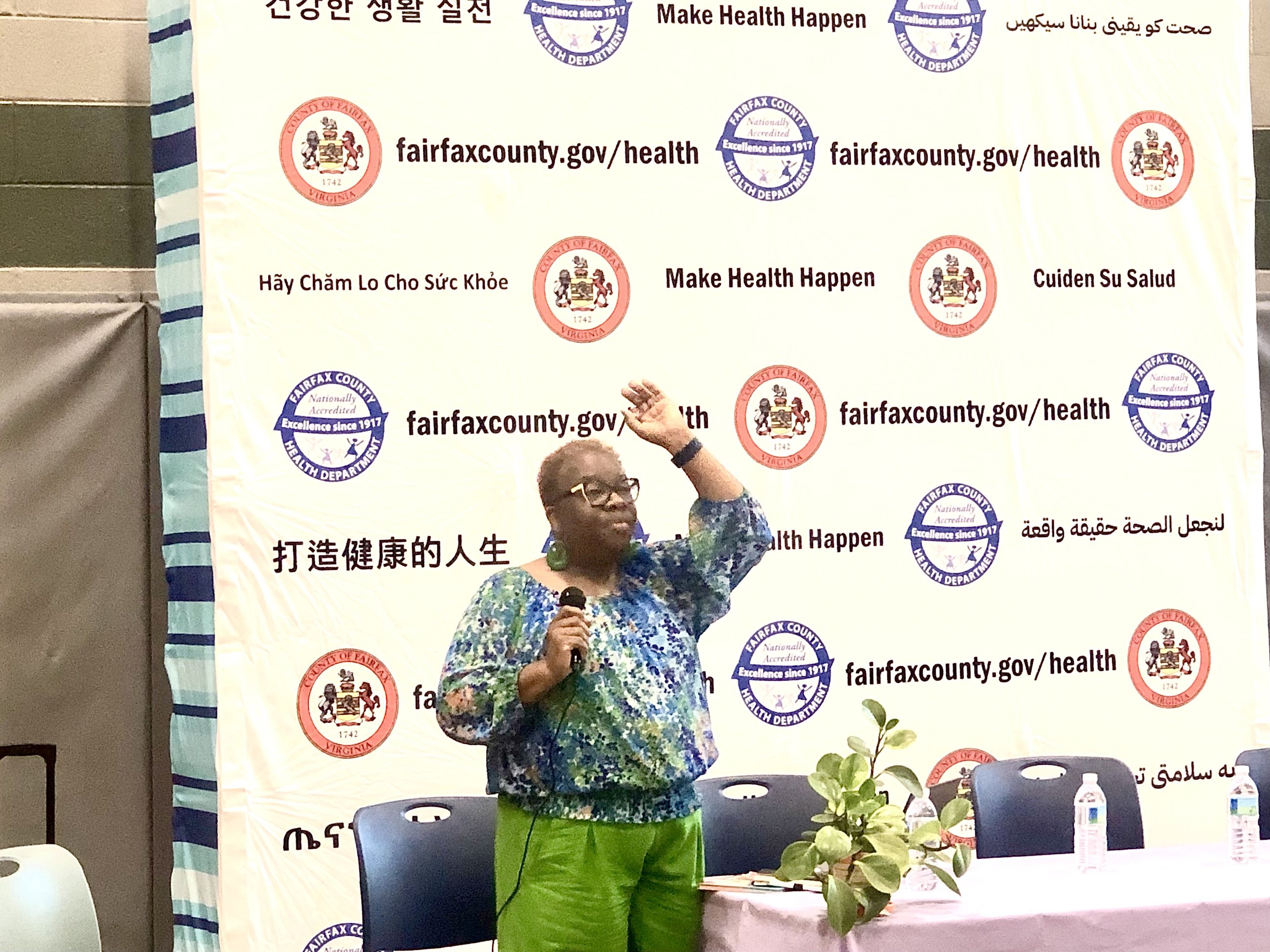
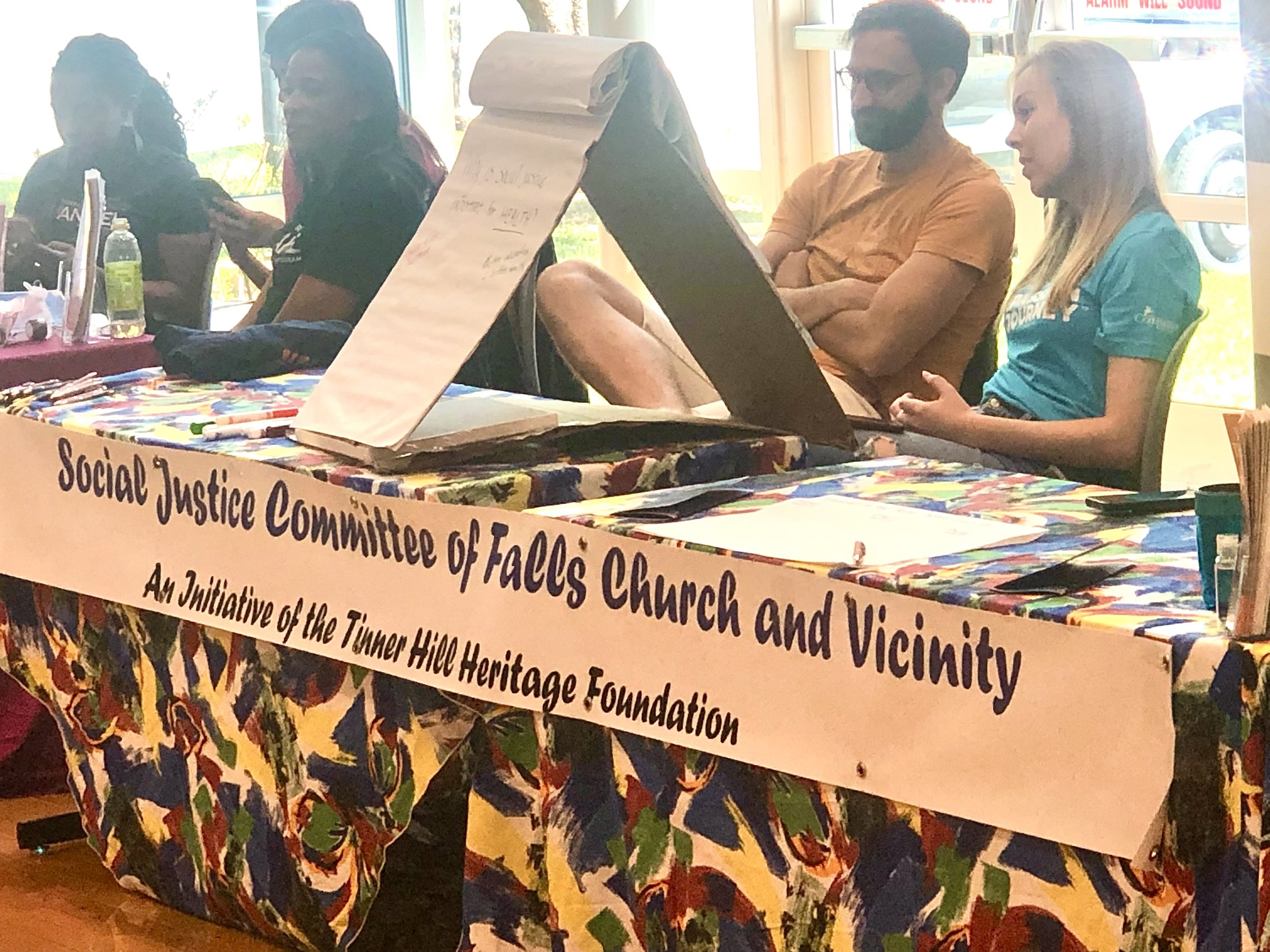
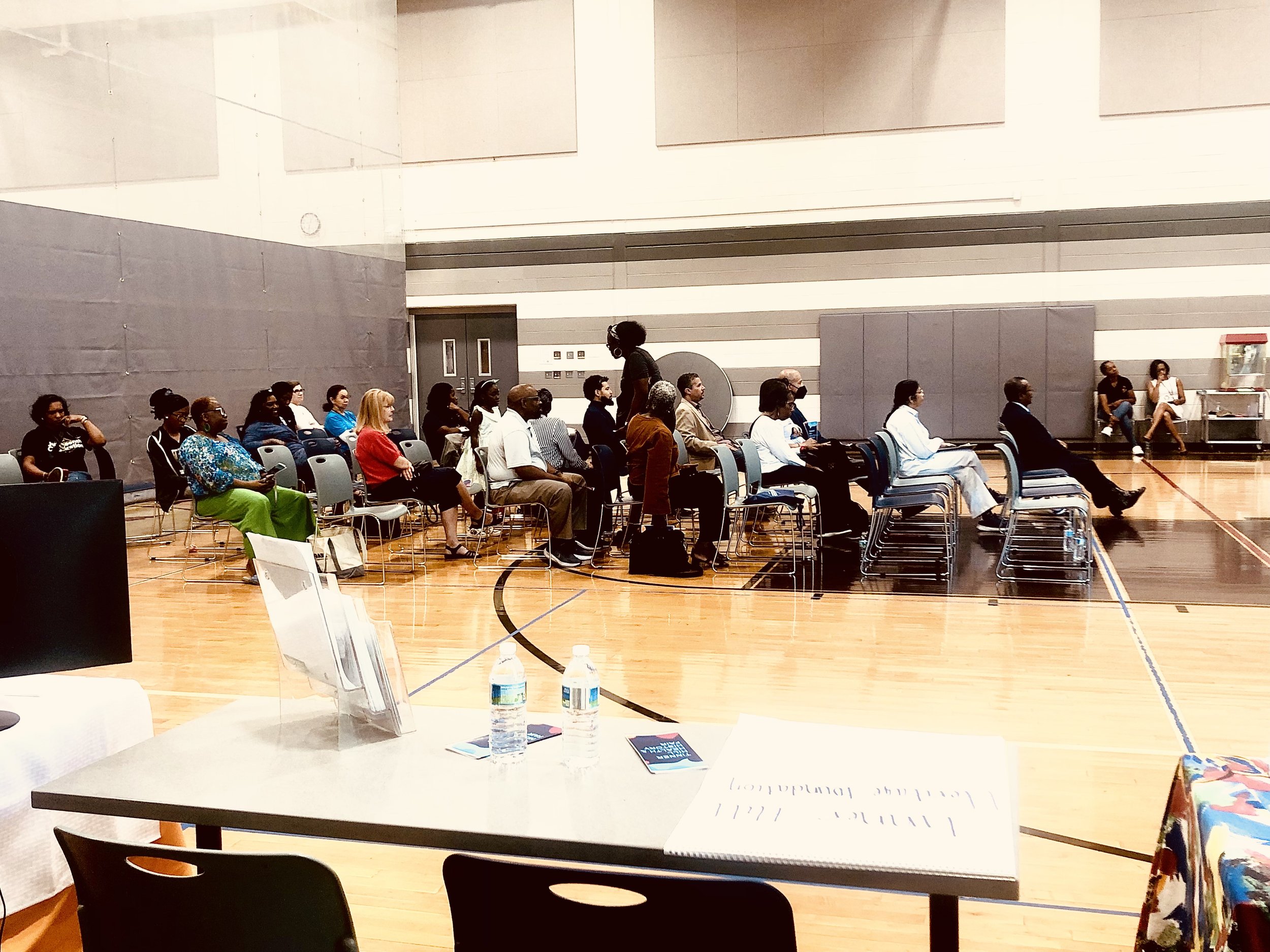

Workshops for Black History Month
February 25, 2023
The Tinner Hill Social Justice Committee of Falls Church and Vicinity hosted a series of five free workshops discussing race, social justice, and anti-racistism. The first free workshop focused on developing conversation skills — active listening, compassionate confrontation, and clarifying complex terms — to help people understand how to have difficult conversations about race and be anti-racist in their communities.
“Hope for Tomorrow” Mural
June 21, 2022
The mural titled "Hope for Tomorrow" is located on the side of The Blacksmith Shop, a landmark on the grounds of Falls Church Episcopal, at E. Fairfax and Douglass Streets. The mural received funding from the Tinner Hill Heritage Foundation, the Community Foundation of Northern Virginia, and individual donors. The mural artist is David Barr.
The mural centers around blacksmith Henry Simms and The Blacksmith Shop Robert Harmon. According to the Tinner Hill Heritage Foundation's 100 Years Black Falls Church project, Simms ran the shop for Harmon. The two men are centered inside a horseshoe, which represents an icon of blacksmiths.
"Having it pointed upwards suggests luck, good fortune, and a positive outlook," the Tinner Hill Heritage Foundation shared in a Facebook post. "Hence, Mr. Harmon and Mr. [Simms] inside the horseshoe showcases their relationship as positive."
To the right and left of the two men are two other symbolic parts of the mural. On the left, flames are pictured, representing struggle and "opportunity to ignite change," according to the foundation. To the right is a Black Lives Matter protester, representing the struggle that still exists.
Juneteenth Celebration
June 19, 2022
Juneteenth refers to the date in 1865 when slaves in Galveston, Texas, heard about the Emancipation Proclamation. That was the last place in the U.S. to learn slaves had been freed, marking the end of slavery. Today, the holiday commemorates the freedom of African Americans with various celebrations, according to Juneteenth.com.

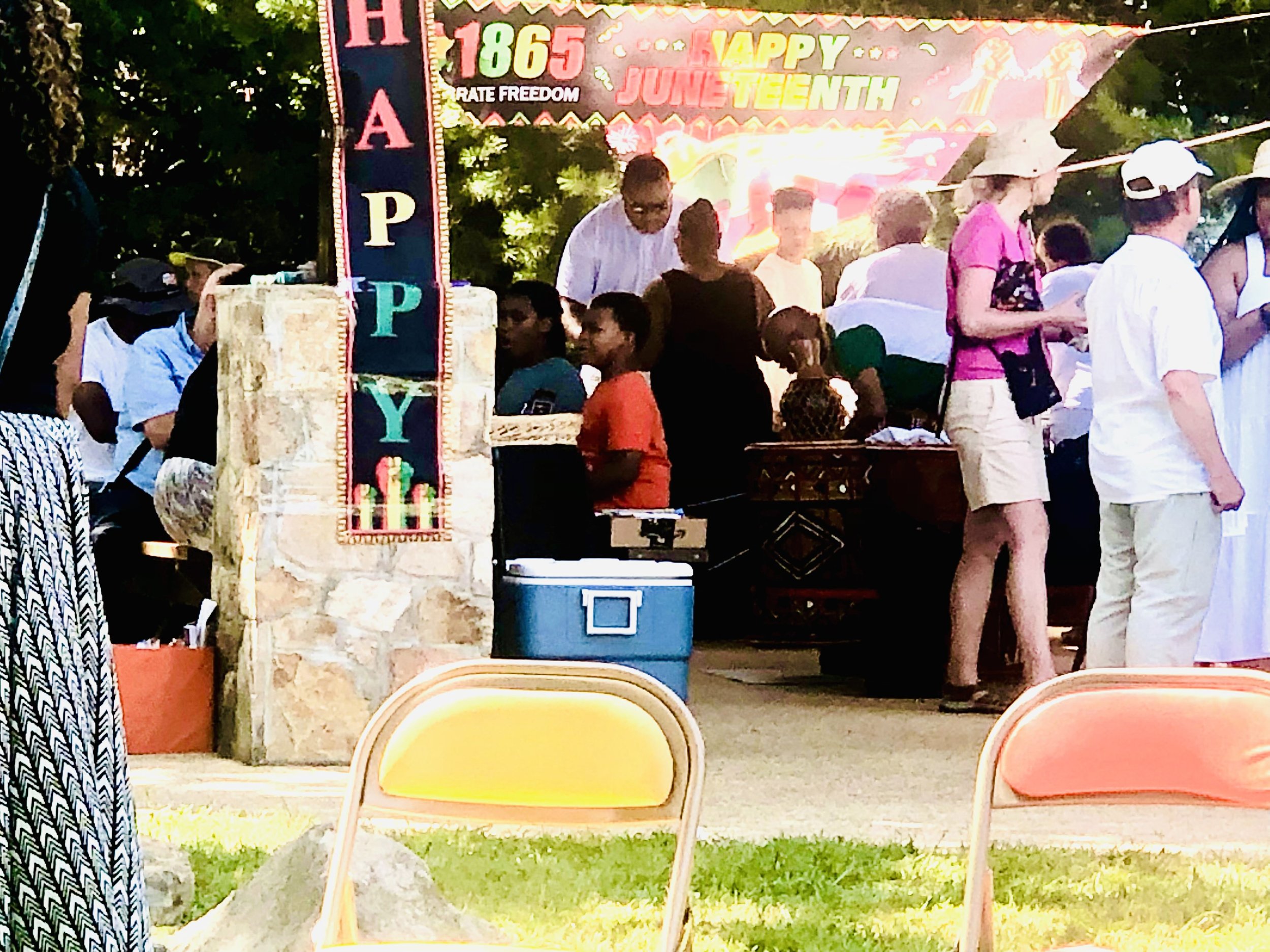
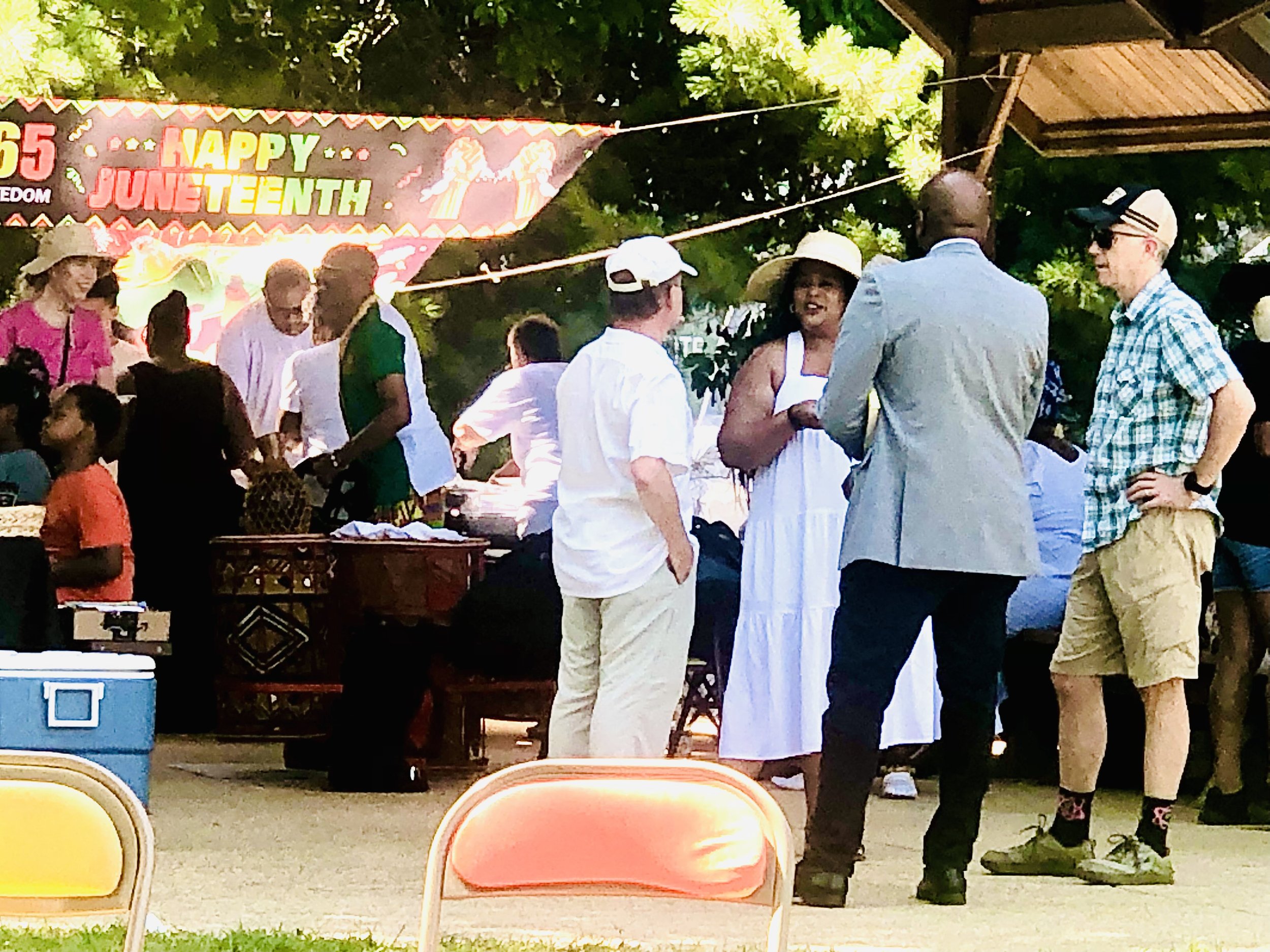
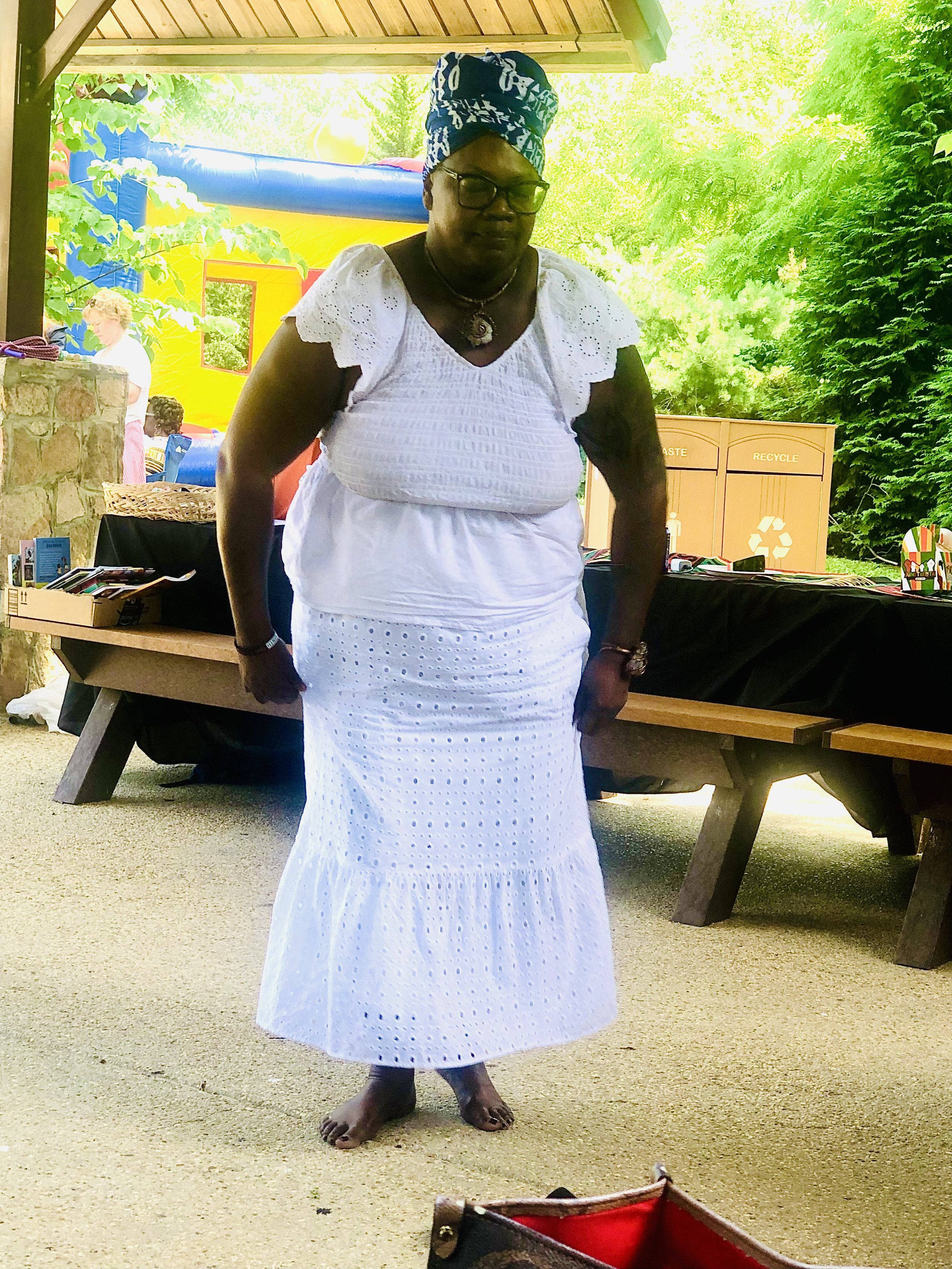

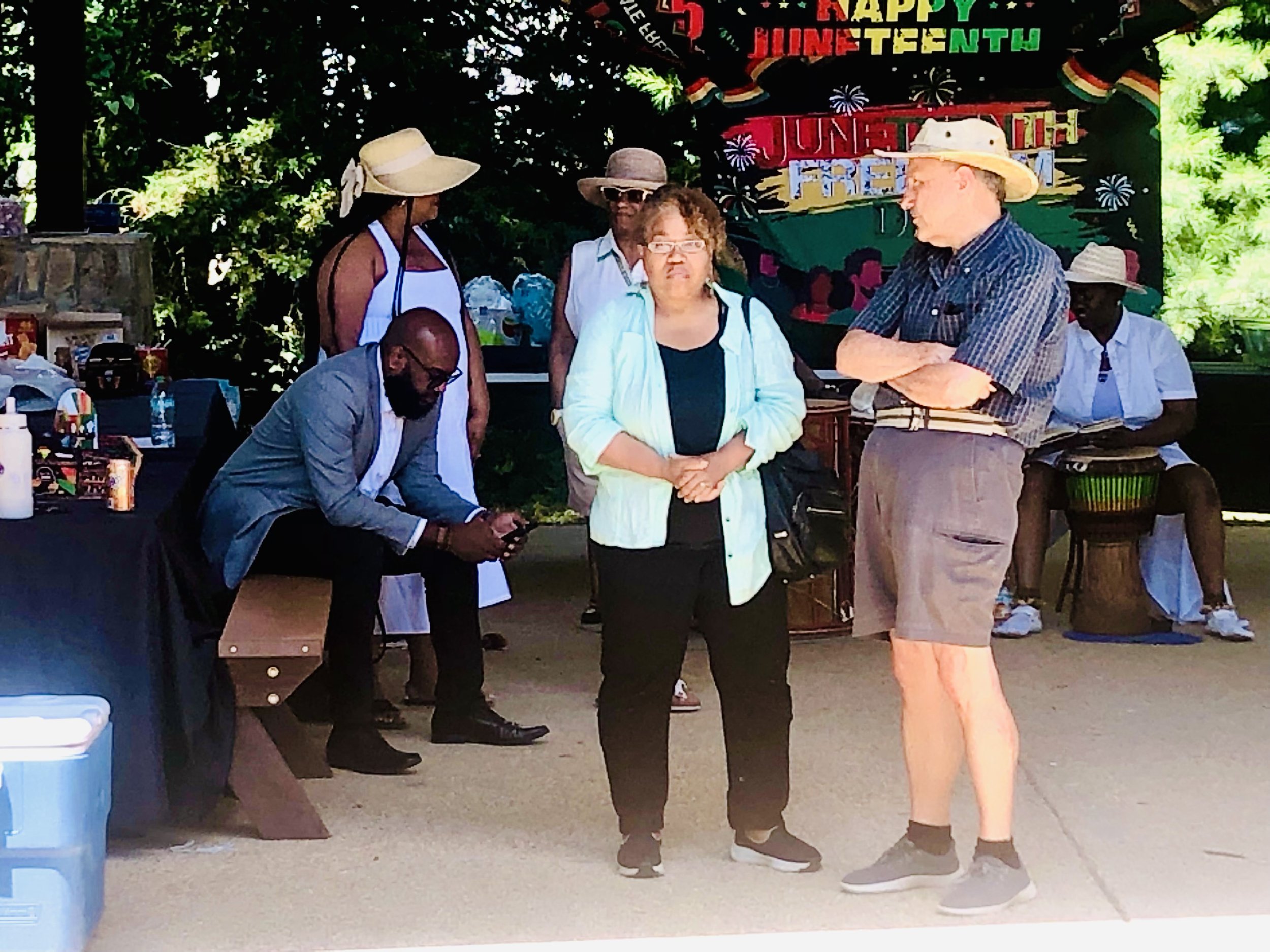
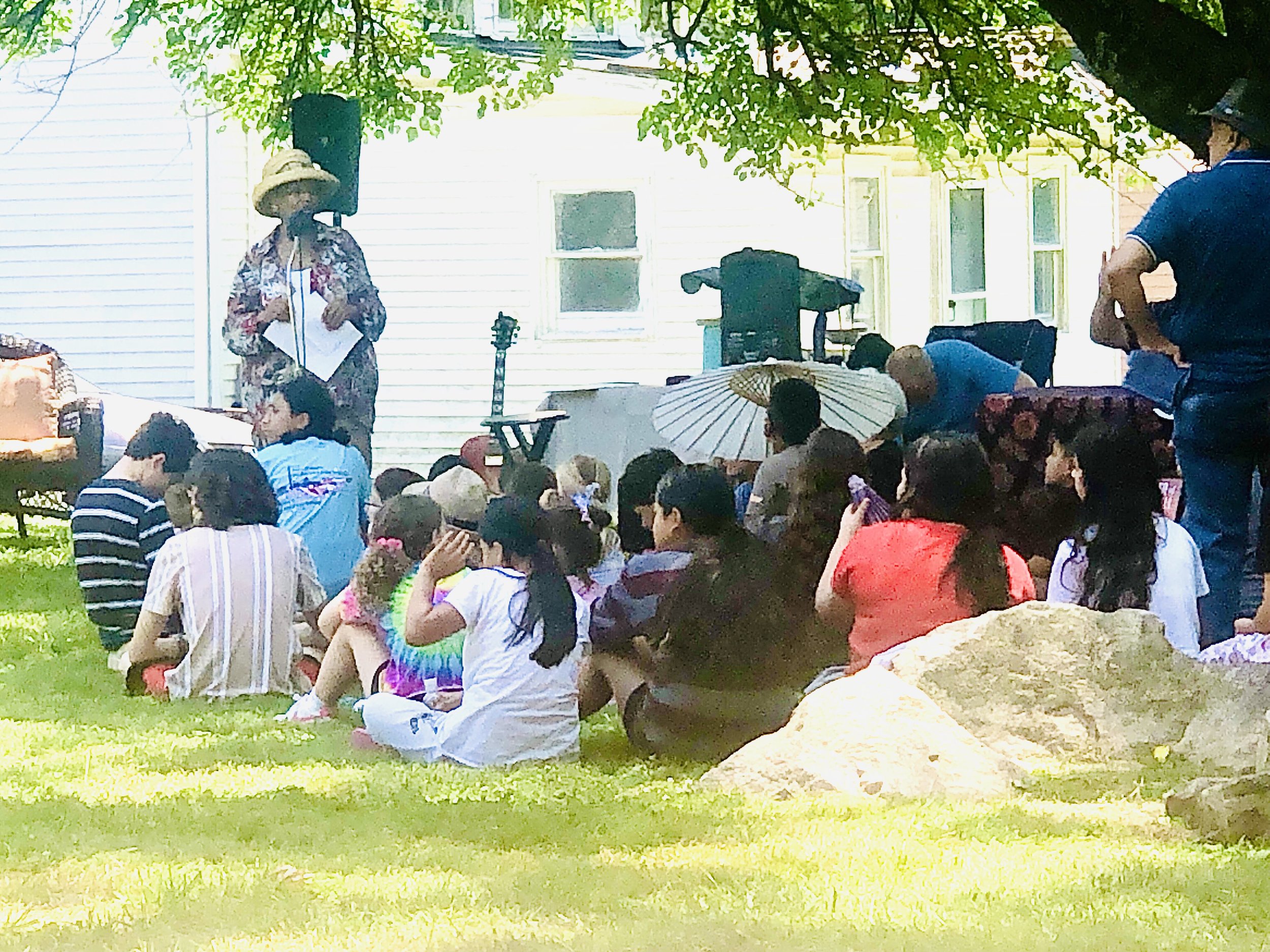
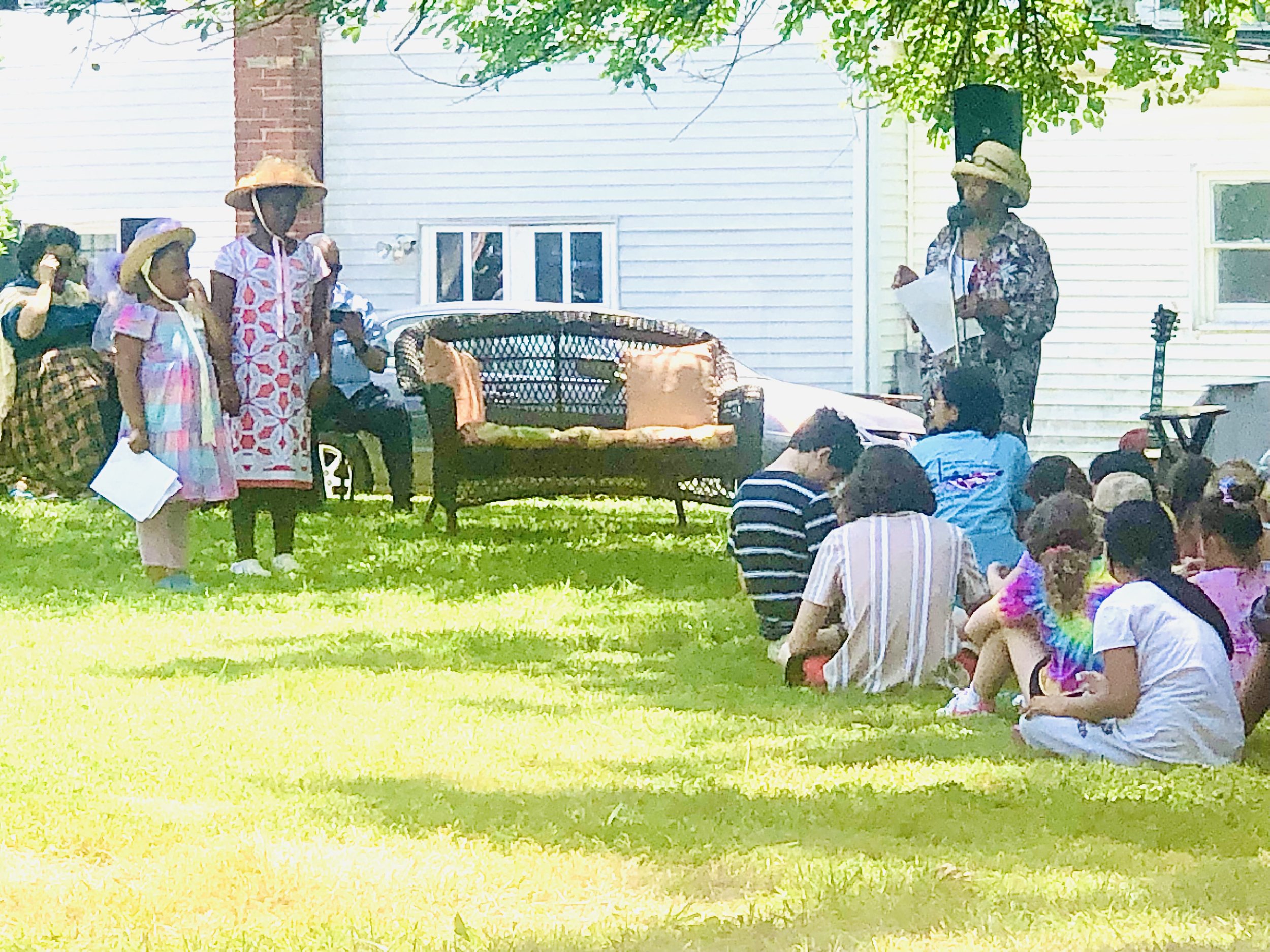
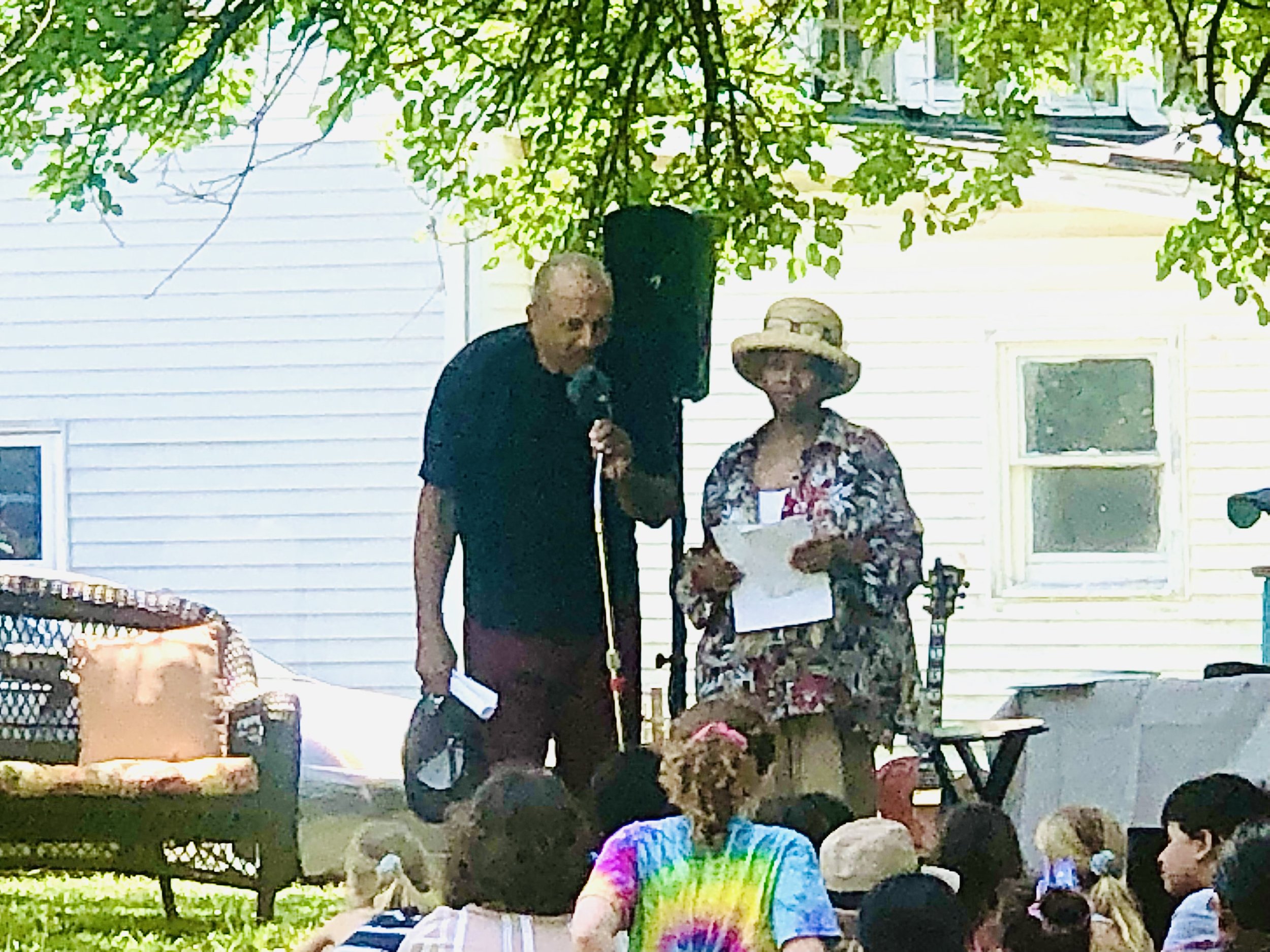
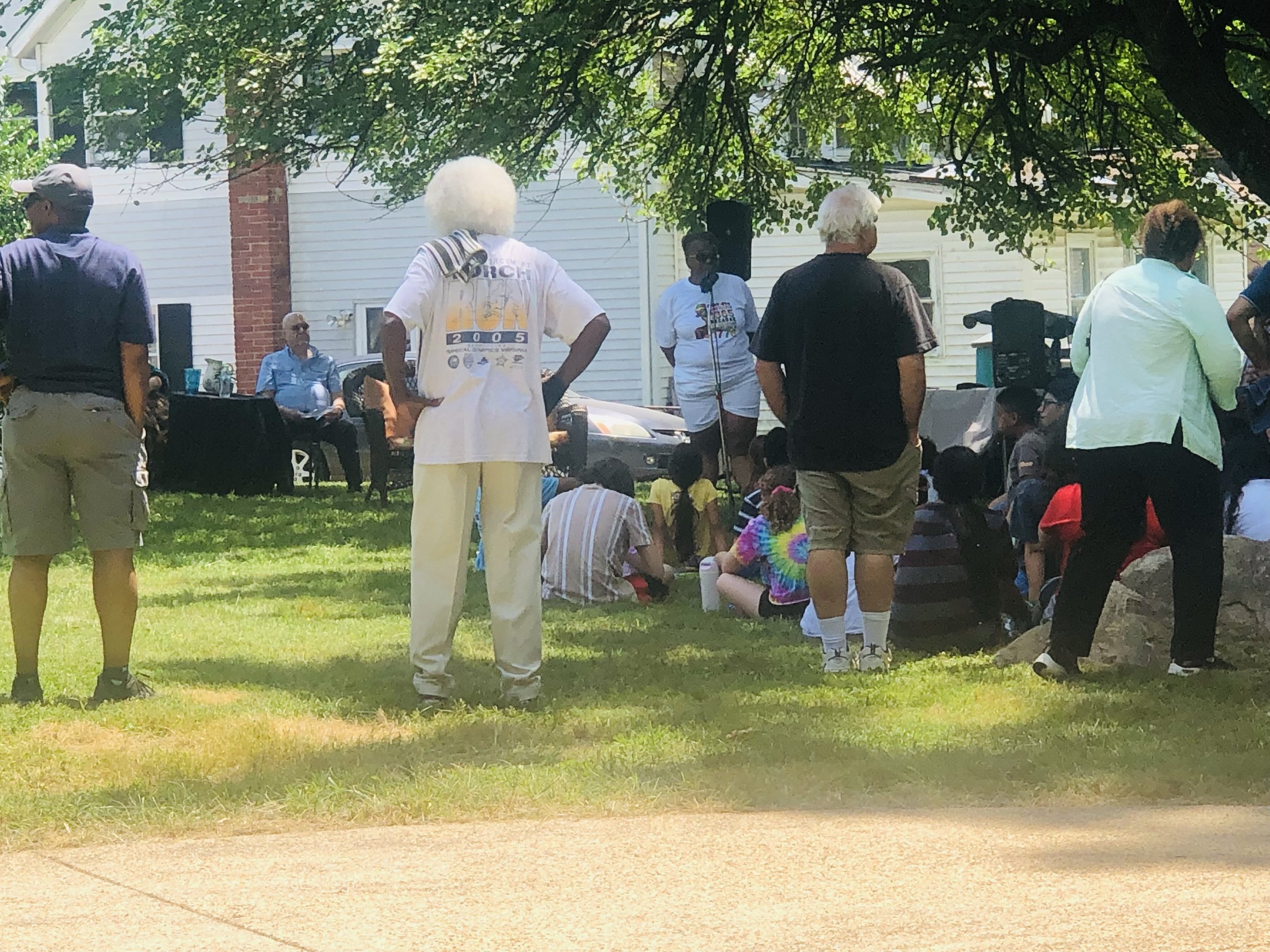
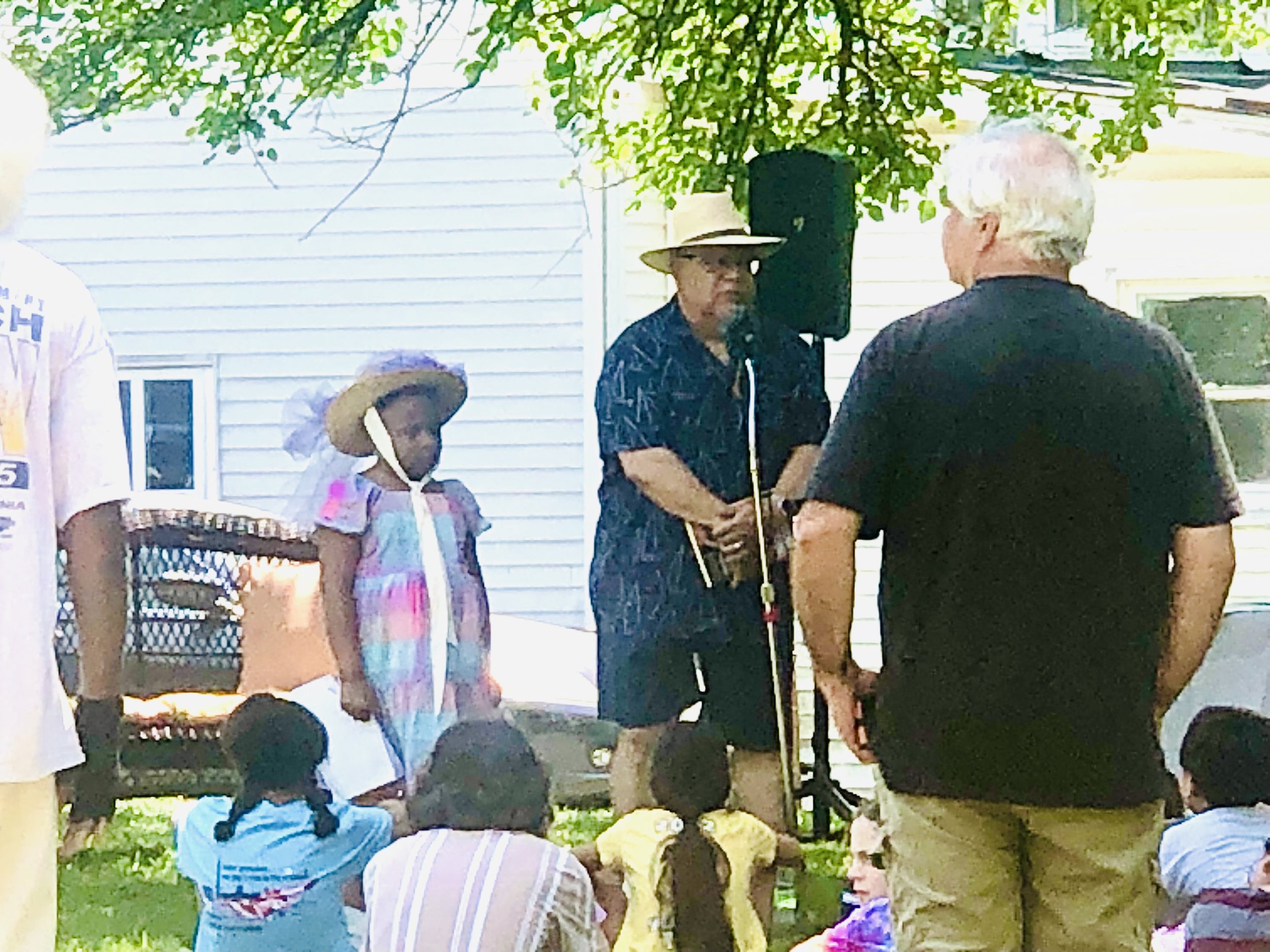
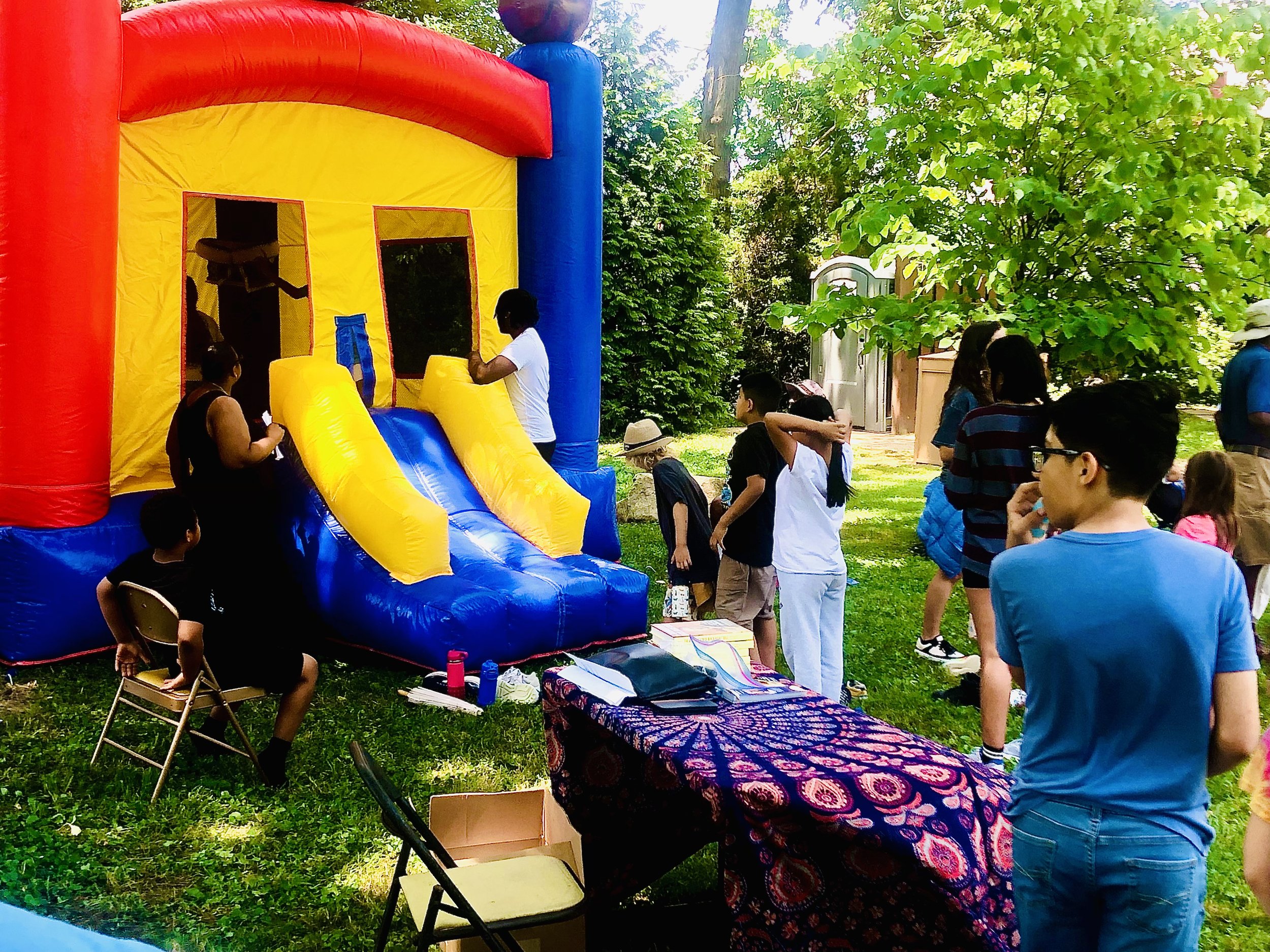
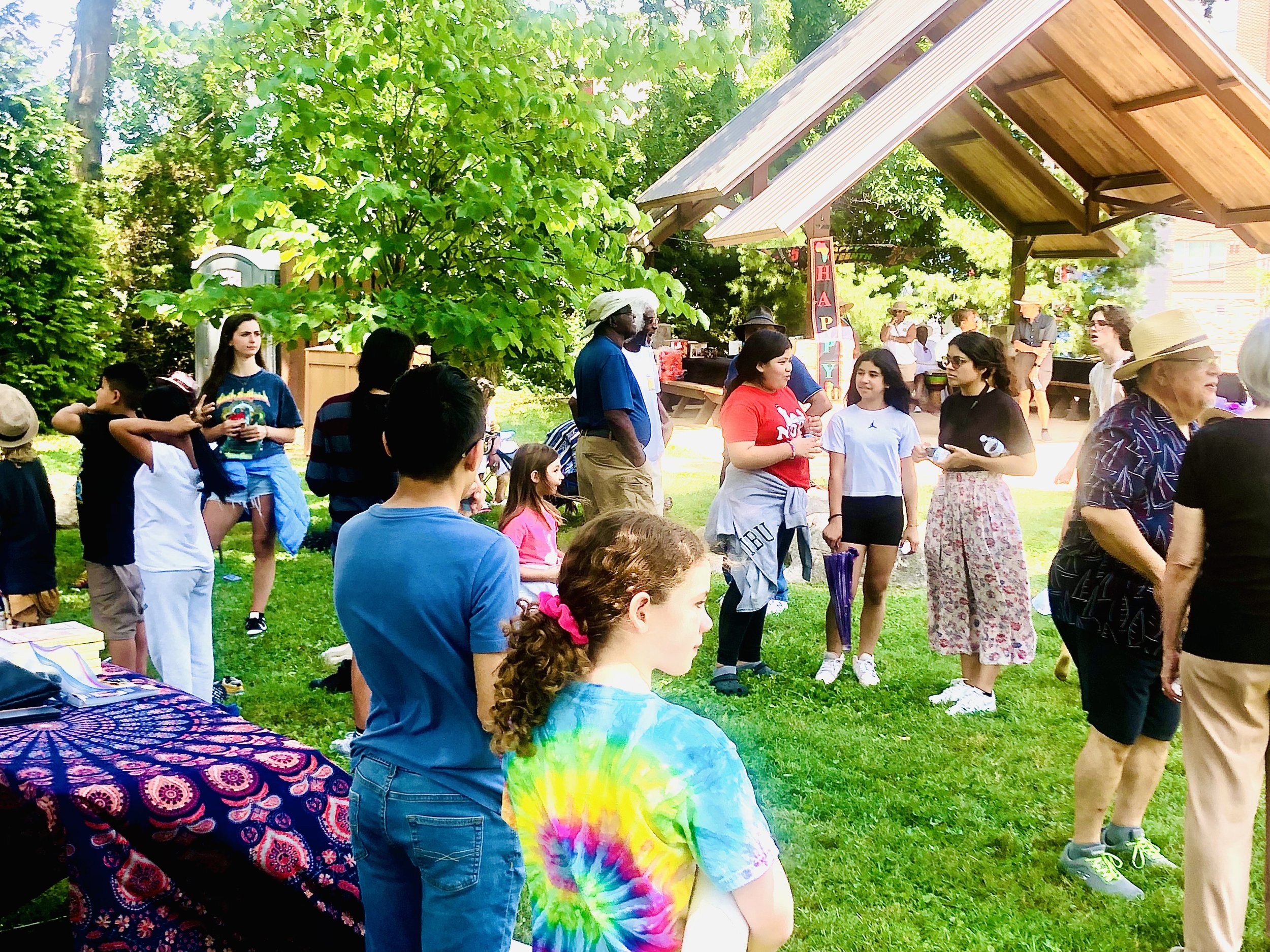
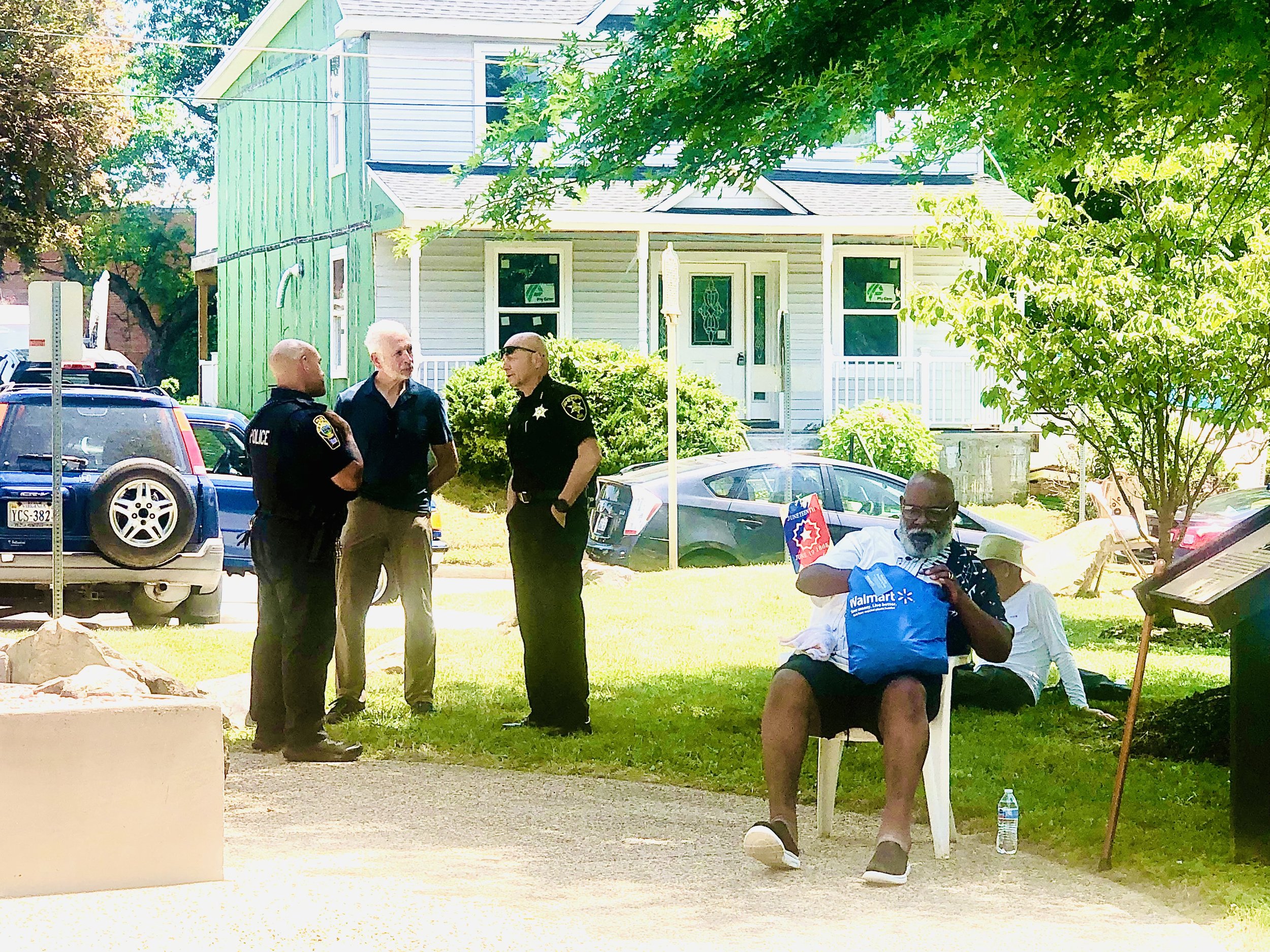
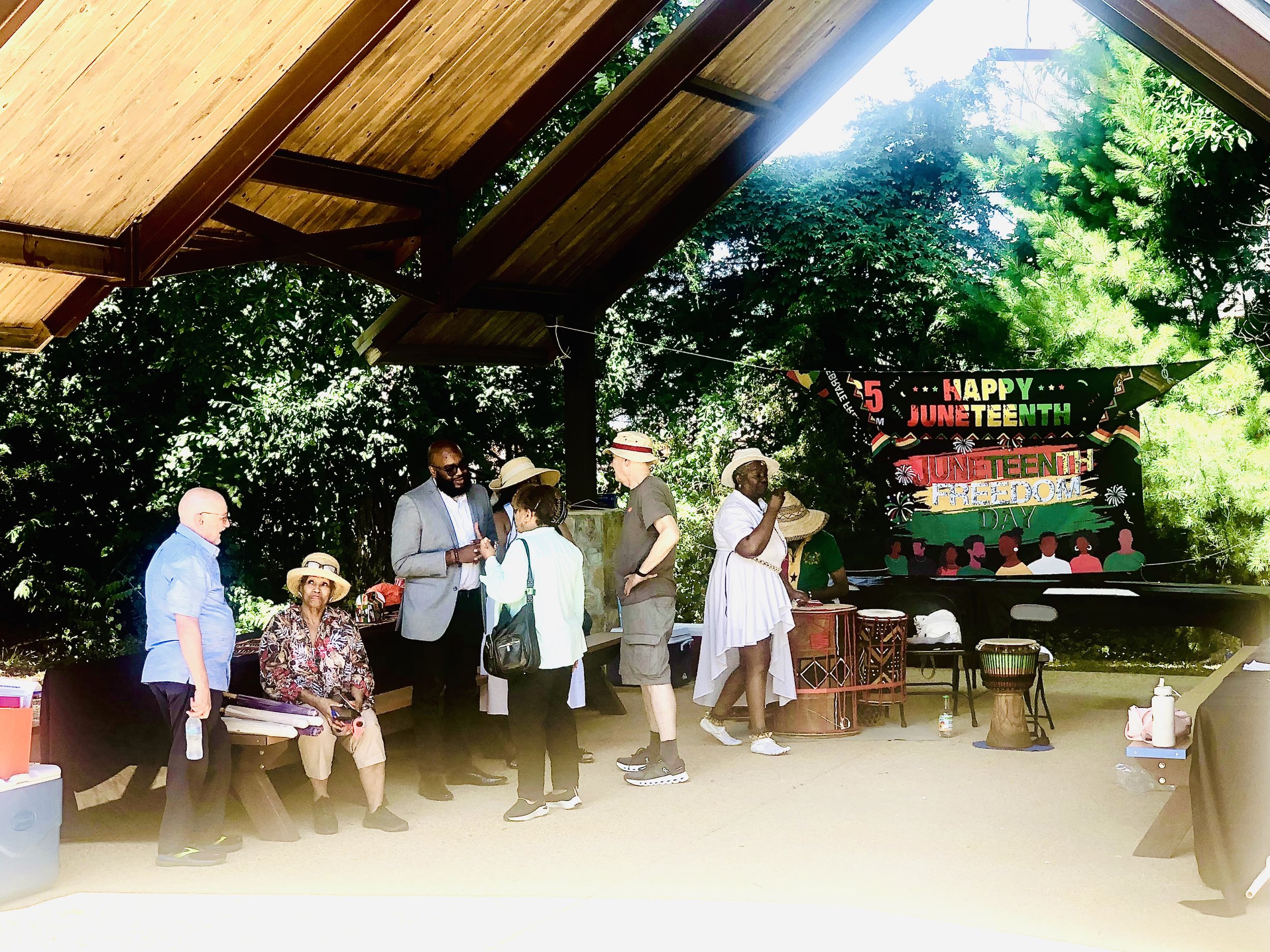

Justice for Black Lives Rally
June 7th, 2020
Tinner Hill Heritage Foundation remembered and honored #GeorgeFloyd, #BreonnaTaylor, #AhmaudArbery and other victims of racist violence at a PEACEFUL rally at Cherry Hill Park in Falls Church.
Edwin B. Henderson, II, Founder of Tinner Hill Heritage Foundation, Sean Perryman, President of the Fairfax NAACP, Falls Church City Mayor, David Tarter and City of Alexandria Councilman, John T. Chapman spoke.
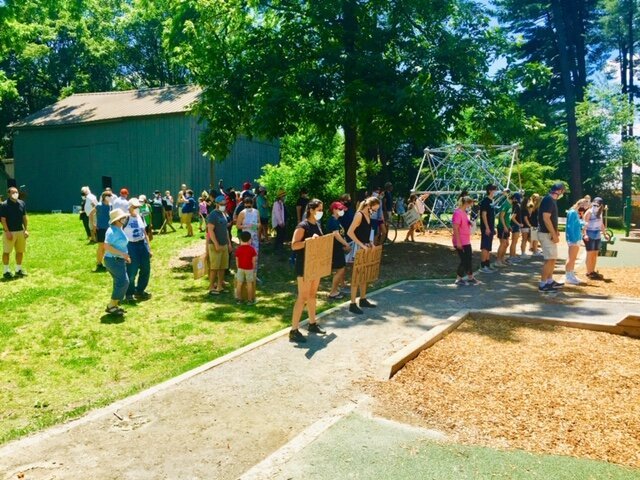
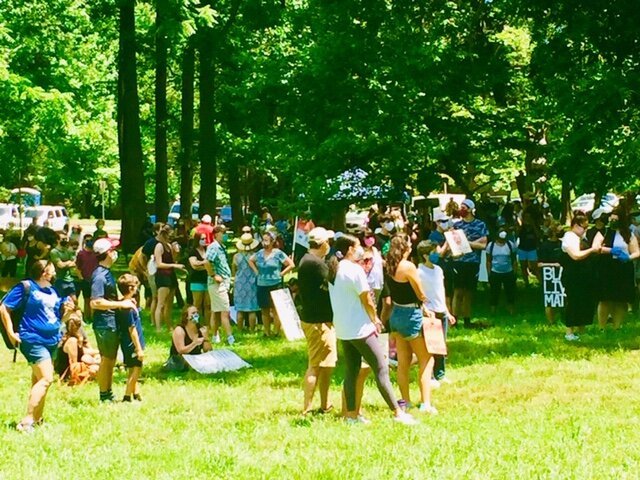

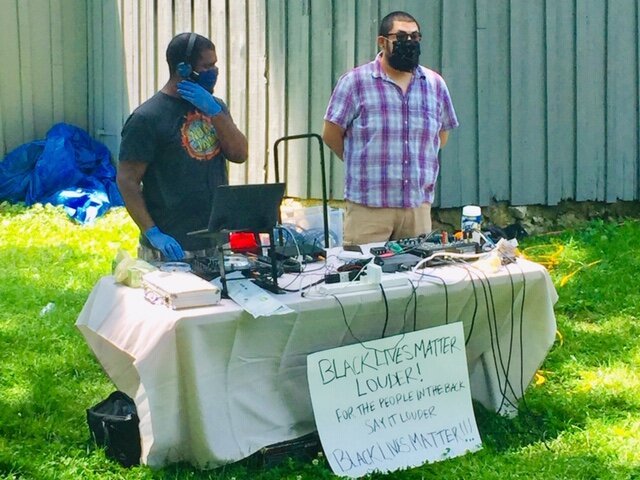
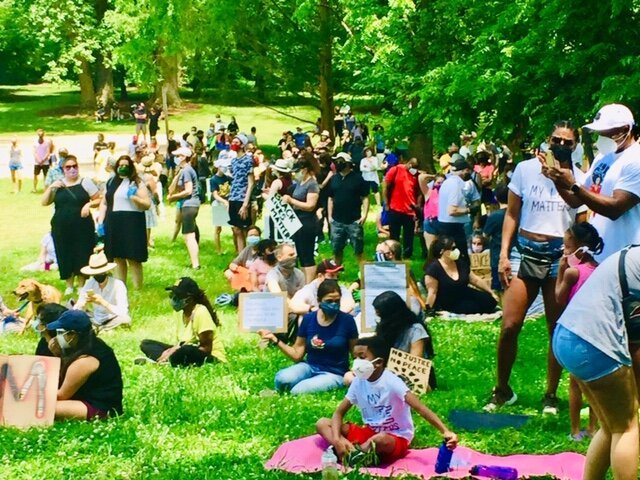
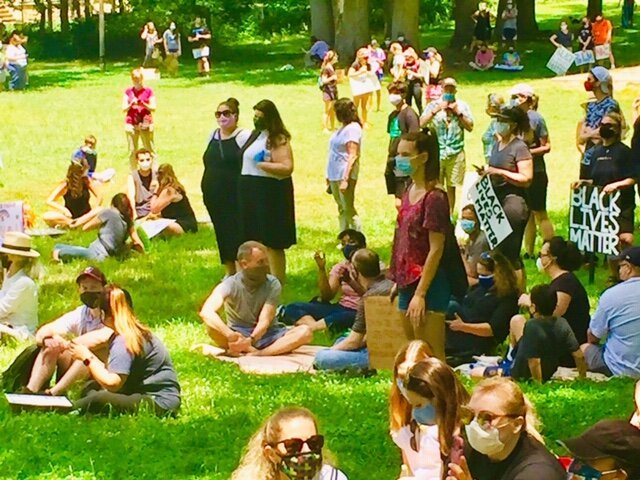
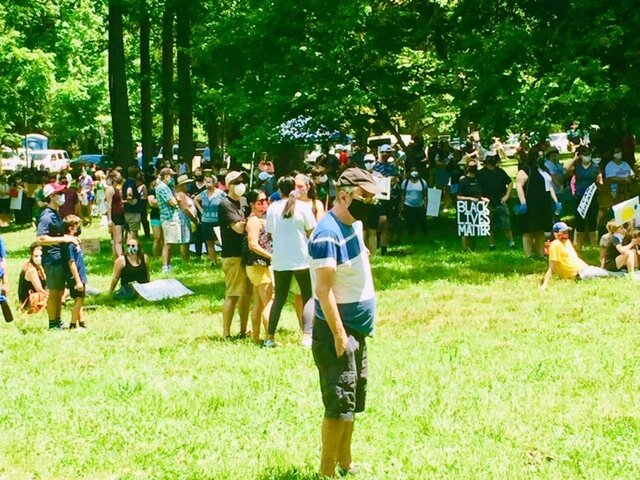
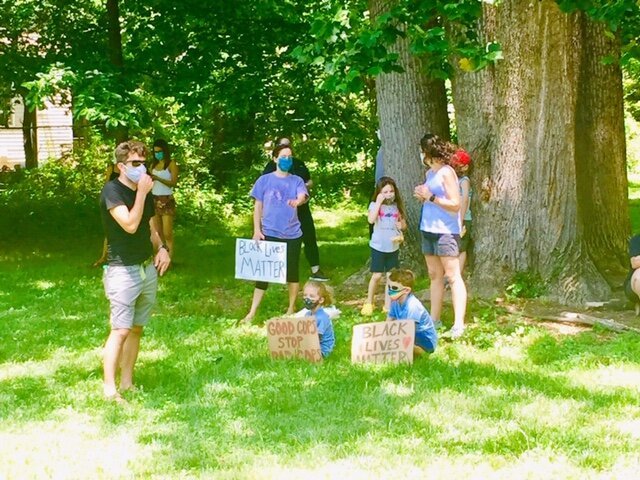
George Floyd Banner Ceremony
July 2, 2020
For eight minutes and forty-six seconds, an officer knelt on George Floyd’s neck. For over two minutes after Mr. Floyd was motionless.
The use of deadly force on unarmed African Americans too often is allowed, too often resulting in death. This has to stop, because enough is enough! “Black Lives Matter” is more than a catchy slogan.
